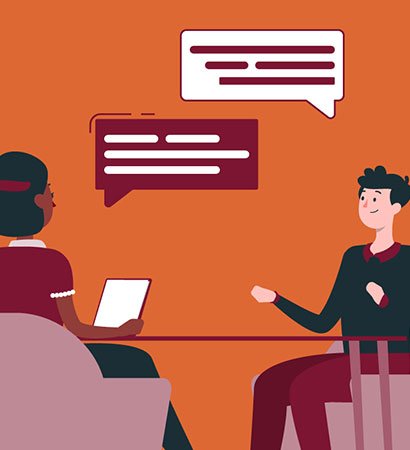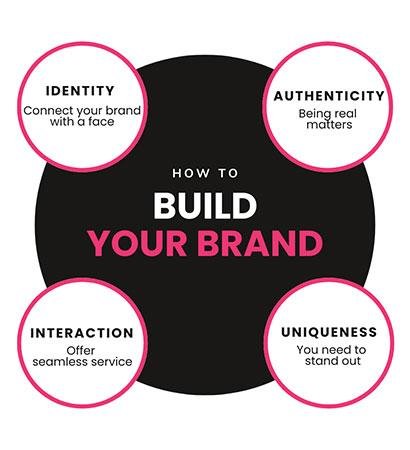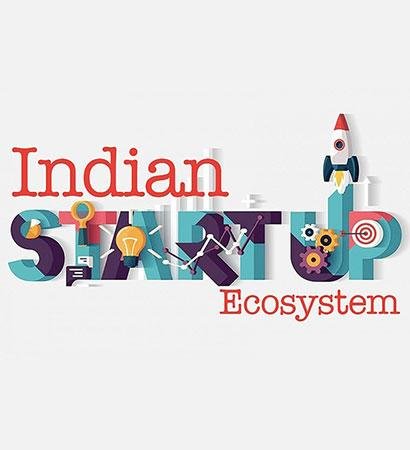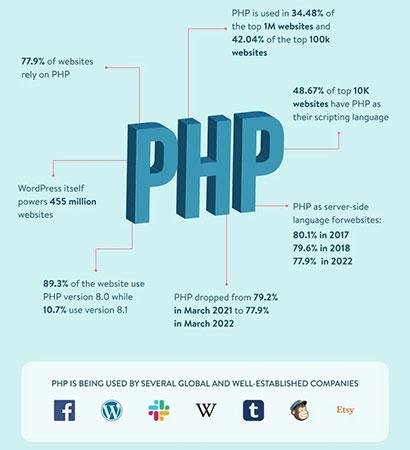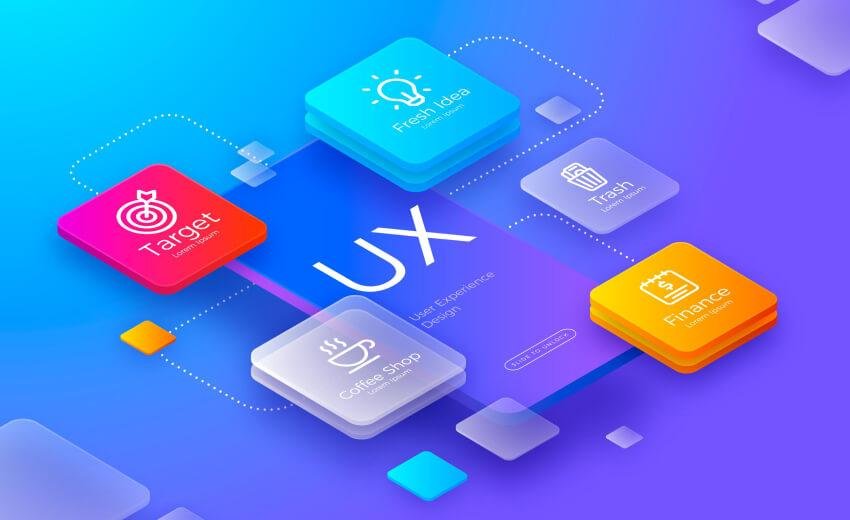
Introduction: Why Digital Product Design Matters
Imagine opening an app, and everything feels intuitive—each tap, swipe, and scroll designed to delight. That’s the magic of great digital product design. But it’s not just about aesthetics; it’s about creating products that users can’t live without.
In today’s fast-paced digital world, businesses rely on design to drive engagement, conversions, and brand loyalty. This guide explores how digital product design is the bridge between technology and user satisfaction, offering strategies, examples, and actionable tips for success.
The Core Pillars of Digital Product Design
1. Empathy-Driven Design
Design begins with understanding. Empathy helps designers step into the user’s shoes, identifying their frustrations and aspirations.
What it looks like in action:
- A team surveys new parents about their challenges in managing baby supplies, leading to the design of an app that tracks diaper inventories and feeding schedules.
- Tools like user personas and journey mapping bring the user’s perspective to life.
Takeaway: Products built on empathy resonate deeply with users because they solve real problems.
2. Simplify to Amplify
Simplicity is the ultimate sophistication. Users appreciate designs that make complex tasks feel effortless.
Case Study: Google Search:
- The clean, minimalistic homepage focuses solely on user intent—finding information quickly.
- By removing distractions, Google ensures users achieve their goals in seconds.
Tip for Designers: Focus on the core task users want to accomplish. Remove unnecessary steps, and make functionality the star.
3. Data-Informed Creativity
While creativity powers design, data ensures it aligns with user expectations.
Example in Action:
- A fitness app uses analytics to discover that users abandon workouts halfway through. By redesigning workout plans into shorter, achievable sessions, engagement soars.
Actionable Insight: Use tools like Hotjar or Google Analytics to uncover user behaviors and guide design choices.
The Digital Product Design Process: From Idea to Impact
Phase 1: Discover
- Conduct market research to understand industry trends and competitor benchmarks.
- Interview potential users to uncover their needs and pain points.
Tip: Don’t just gather data; interpret it. Find actionable insights that influence every design decision.
Phase 2: Define
- Summarize your research findings into clear problem statements.
- Align design goals with business objectives.
Example: “How might we help time-strapped users order groceries faster while ensuring product availability?”
Phase 3: Ideate
- Host brainstorming workshops to generate ideas.
- Combine creative input with feasibility checks to prioritize viable solutions.
Tip: Use tools like Figma Jam or Miro to visualize ideas collaboratively.
Phase 4: Prototype
- Start with low-fidelity wireframes to sketch layouts and functionality.
- Progress to high-fidelity prototypes to simulate real interactions.
Tools to Try: Adobe XD, Sketch, Axure RP.
Phase 5: Test and Iterate
- Conduct usability tests with diverse user groups.
- Implement A/B testing to evaluate design variations.
Case Study: A retail brand discovers through testing that users prefer a dark mode during nighttime shopping, leading to a 30% increase in conversions.
Real-World Success Stories in Digital Product Design
Airbnb: Making Trust Tangible
Airbnb’s design team transformed the platform by addressing user concerns about trust and transparency. Features like verified reviews, secure payments, and detailed listings built confidence, turning first-time users into loyal customers.
Lesson for Designers: Solve the user’s emotional needs—not just functional ones.
Slack: Productivity with Personality
Slack’s playful design—complete with humorous loading messages and vibrant colors—keeps work communication engaging without sacrificing usability.
Takeaway: A brand’s personality can shine through its design, creating a unique user connection.
Trends Shaping the Future of Digital Product Design
- AI-Enhanced Interfaces: Predictive design elements that adapt to user behavior in real time.
- Augmented Reality (AR): Bringing immersive experiences to retail and education platforms.
- Ethical Design: Focusing on transparency and user well-being, such as minimizing addictive behaviors.
Tips for Aspiring Digital Designers
- Keep Users First: Always prioritize solving user problems over following trends.
- Collaborate Across Teams: Great design isn’t made in isolation. Involve developers, marketers, and users in the process.
- Stay Curious: Continuously explore new tools, technologies, and methodologies.
Conclusion: Where Creativity Meets Strategy
Digital product design isn’t just a discipline; it’s the intersection of creativity, empathy, and strategic thinking. By following a structured approach and staying attuned to user needs, designers can create impactful products that drive engagement, foster loyalty, and fuel business growth.
Whether you’re a startup founder, a seasoned designer, or a product manager, mastering digital product design is your ticket to creating solutions that truly stand out in the digital world.

